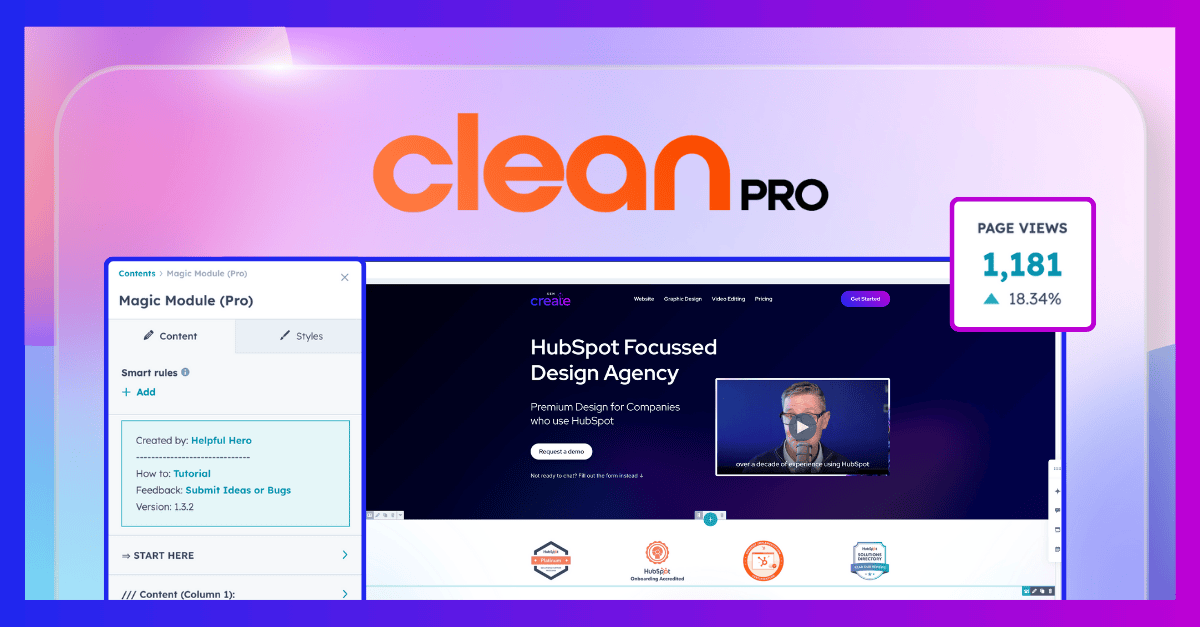From bottleneck to growth engine: How CLEAN transforms your HubSpot site
Campaigns move fast. Most websites don’t. That’s the gap we set out to close, and why we build every HubSpot site on the CLEAN theme: a modular...

Most users won’t tell you if they trust your website. They won’t submit a form to say they felt unsure. They won’t message your team with feedback on the layout. They’ll just leave.
And most of the time, you’ll never know why. It wasn’t the copy. It wasn’t the offer. It wasn’t the button colour. It was the feeling. That quiet, almost imperceptible sense of unease. Just… not trustworthy.
From the moment your page loads, users are scanning for cues: “You’re in the right place. This is real. You can relax.” If your site doesn’t deliver that within seconds, the damage is done.
As Erika, our Head of Design at XEN Create, puts it: “Good design doesn’t need to convince. It needs to feel stable, credible, and intentional, from first glance.”
They’re not basing these decisions on logic. They’re reacting to:
None of these signals screams trust on their own. But together, they whisper confidence. And that whisper is what keeps users on the page and moving forward.
A good mix of consistency, along with a little customisation, helps build trust within websites.
At XEN Create, we design HubSpot websites using CLEAN theme, which gives us the flexibility to maintain visual consistency across pages, without sacrificing modular control.
Here’s how we build them:
The goal isn’t to make every page identical; it’s to make them feel like they belong to the same system. And a site that feels cohesive? That’s a site people trust.
Trust signals are the design choices and content patterns that make users feel secure, often without them noticing.
Some are obvious:
But the most powerful ones are subtle:
Subtle motion cues contribute to a sense of stability. And that stability = trust.
That’s why we’ve stopped thinking in terms of pages and started thinking in components.
Your users don’t need novelty. They need reliability. Modular, consistent design delivers that. And trust becomes something you don’t have to chase, because it’s already baked into every block.
They’re asking:
Your design should answer those questions, without making users ask them out loud.
When you design that kind of experience, you’ve already won.
At XEN Create, we help teams shift from scattered redesigns to systemised, modular builds.
We work inside HubSpot’s Content Hub (ie their CMS) to create reusable, logic-driven design systems that feel clear, calm, and credible.

Campaigns move fast. Most websites don’t. That’s the gap we set out to close, and why we build every HubSpot site on the CLEAN theme: a modular...

Picture this: A potential customer discovers your company through a LinkedIn ad. The design catches their eye, clean, professional, and trustworthy....